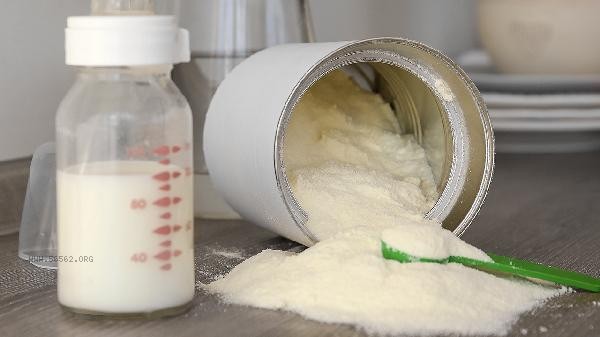Alpha lactalbumin is commonly used as a protein enhancing ingredient in milk powder, mainly derived from whey protein or extracted through biotechnology. The formula ingredient list may be labeled as whey protein powder, concentrated whey protein, or alpha lactalbumin, depending on the production process and form of addition.

1. Whey protein source
Alpha lactalbumin naturally exists in milk whey protein, accounting for about 20% of the total whey protein. Some milk powder is directly added with whey protein powder as raw material, and the alpha lactalbumin activity is retained through special processes. This form is closer to the protein structure of breast milk, which helps infants and young children absorb and utilize essential amino acids, while reducing the probability of allergies.
2. Concentrated Extraction Form
Some high-end milk powders may use membrane separation technology to concentrate and extract alpha lactalbumin from whey, and the ingredient list may be labeled as concentrated whey protein or alpha lactalbumin. This form of protein has higher purity and is rich in tryptophan and cysteine, which has a positive effect on the neurological development and immune enhancement of infants and young children.
3. Biotechnology Preparation
The alpha lactalbumin produced through genetic recombination technology may be individually labeled as alpha lactalbumin, which can precisely control protein content and structure. Its molecular weight is small and easy to digest, suitable for infants with weak gastrointestinal function, but attention should be paid to whether the production process has passed food safety certification.

4. Compound protein formula
Some milk powders may add alpha lactalbumin in combination with other functional proteins such as lactoferrin and immunoglobulin, and the ingredient list may be collectively referred to as whey protein complex. This combination can simulate breast milk protein mass spectrometry and enhance the absorption ability of infants and young children for minerals such as calcium and zinc.
5. Special formula labeling
In deeply hydrolyzed milk powder for infants with allergies, alpha lactalbumin may exist in the form of hydrolyzed peptide segments, labeled as hydrolyzed whey protein or whey protein hydrolysate. The protein antigenicity is reduced after enzymatic hydrolysis treatment, which can reduce milk protein allergic reactions in infants and young children. When choosing milk powder containing alpha lactalbumin, attention should be paid to the specific labeling of protein sources in the ingredient list, and products with clear labeling of alpha lactalbumin content or whey protein ratio should be prioritized. When brewing milk powder, avoid high temperature damage to protein structure. It is recommended to control the water temperature according to the packaging instructions. For infants and young children with special nutritional needs, they can consult a doctor or nutritionist to choose a suitable protein formula and observe whether there are any discomfort reactions such as bloating and rash after consumption.









Comments (0)
Leave a Comment
No comments yet
Be the first to share your thoughts!